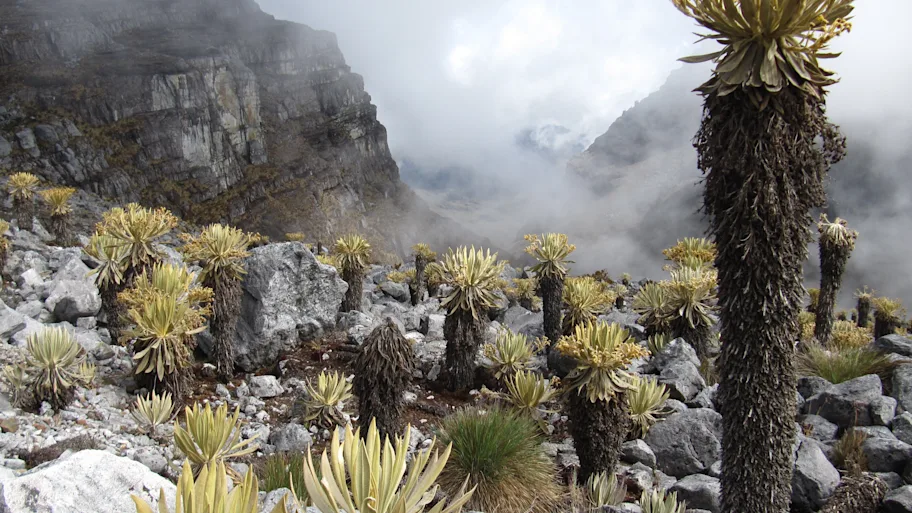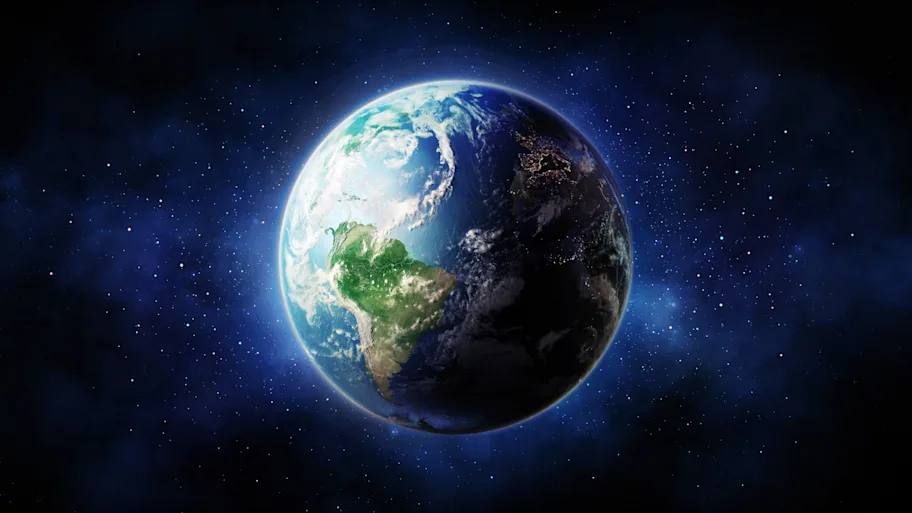
- Science News
- Climate action
- News from #AGU15: Heat stress in dense populations and impacts of the 2015-16 El Niño
News from #AGU15: Heat stress in dense populations and impacts of the 2015-16 El Niño
Gearóid Ó Faoleán, Journal Manager of Frontiers in Earth Science, is representing Frontiers at the AGU Fall Meeting in San Francisco, the world’s largest earth and space science meeting. Here, in the 1_st of a series of posts, he reports on some of the exciting press conferences he attended at the conference._

The impacts of heat stress on densely populated regions in the 21st century
Monday, 14 December 2015
Ethan Coffel, PhD candidate, Center for Climate Systems Research, Columbia University, New York, New York, U.S.A
Radley Horton, Associate Research Scientist, Center for Climate Systems Research, Columbia University, New York, New York, U.S.A.
Noah Diffenbaugh, Associate Professor, Stanford University, and Senior Fellow, Woods Institute for the Environment, Stanford, California, U.S.A.
The participants spoke of global exposure to heat stress for this coming century and the effects it will have on our health and, linking to that, economic performance; as well as global infrastructure. Ethan Coffel first gave an overview of his research on global wet-bulb temperature, a combined measure of temperature and humidity. It was noted that while recent global heatwaves, in this context, were in the range of 29-31 °C, human tolerance is estimated to be 35 °C maximum. Thus, a global temperature rise could have serious repercussions for humankind.
Dr Radley Horton listed various ways in which such a rise could affect current functioning in, for example, public health, energy and infrastructure development, labour productivity, its economic knock-on effects as well as ecosystems. Regarding the economy, as developing countries are those most at risk (i.e. India and parts of the Middle East and West Africa), the effects would be particularly acute in that manual rural work is a major part of the economy. Thus, a breakdown in such economies as they currently function is a real possibility given that this work could not continue should temperatures rise. A key message was that any future climate adaptation plans must take the issue of heat stress into account.
When asked what the health impacts would be on human populations and what preparations could be made, Dr Noah Diffenbaugh stated that such issues were not part of the study.
Global impacts of the 2015-16 El Niño
Tuesday, 15 December 2015
Jim Randerson, Earth System Scientist, University of California, Irvine, Irvine, California, U.S.A.
Mark Olsen, Research Scientist, Morgan State University, Baltimore, Maryland, U.S.A., and NASA Goddard Space Flight Center, Greenbelt, Maryland, U.S.A.
Duane Waliser, Chief Scientist, Earth Science and Technology Directorate, NASA Jet Propulsion Laboratory, Pasadena, California, U.S.A.
Martin Hoerling, Research Meteorologist, NOAA’s Earth System Research Laboratory, Boulder, Colorado, U.S.A.
The current El Niño weather pattern is the strongest in over fifteen years, and its impact is being felt across the world in a number of different ways. This press conference sought to highlight some of those impacts and their reach. NASA and NOAA scientists presented findings based on Earth observation satellites; discussed were natural variational changes in the tropospheric ozone, the destructive fire season in the tropics, the relationship between El Niño and atmospheric rivers as well as its expected effects on a drought-stricken California.
Dr Duane Waliser began by discussing the El Niño effects of atmospheric rivers, noting how this accounts for 40% of California’s water supply (through only about 10 storms per annum) and adding that most major storms in the region are directly caused by El Niños. Dr Waliser went on to state that there is ongoing research to develop a detection mechanism using the past 10 years of data. He and his collaborators are able to study where and how El Niño makes landfall. Their findings include that El Niño does not seem to affect the frequency of atmospheric rivers, just their effects – in particular precipitation – while the warming effect of El Niño on atmospheric rivers leads to less snowfall as these atmospheric rivers hit highlands beyond the coastal plains.
Dr Martin Hoerling spoke of the anomalous and oftentimes unpredictable nature of El Niño, noting that two of the wettest years on record in the California region (1982-82 and 1997-98) were El Niño years. But so too were two of the driest years on record. Adding that California is currently experiencing its fourth year of drought, Dr Hoerling posed the question “Can we come back from that?”
Dr Jim Randerson then discussed El Niño impact on global fires, referring to the GFED (Global Fire Emissions Database) initiative. Dr Randerson noted the extent to which anthropogenic fires are a threat to tropical forests. As El Niño causes less precipitation to fall over many tropical land areas, there is a greatly increased risk of forest fires and carbon release, especially in Southeast Asia and Central America.
Follow Frontiers in Earth Science on Twitter: @FrontEarthSci






